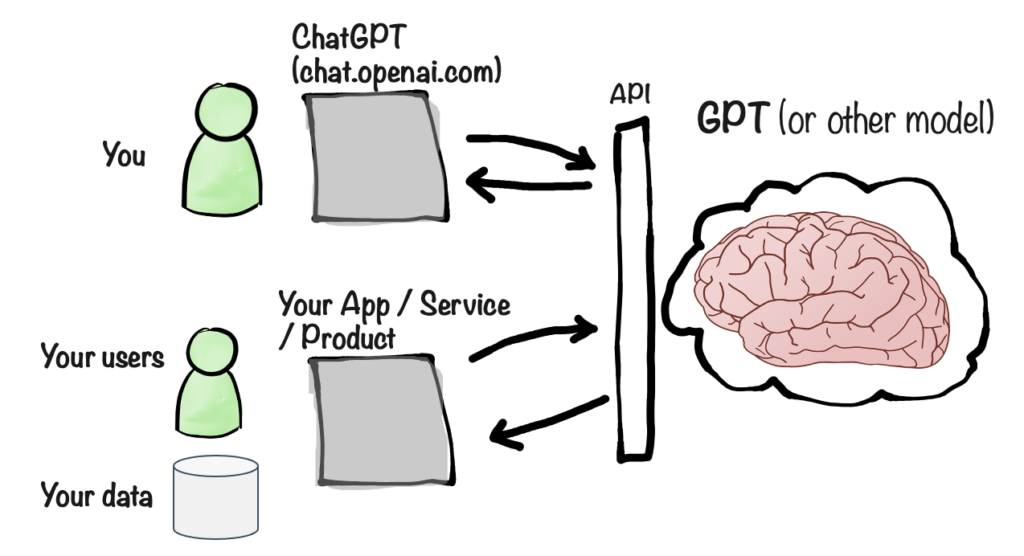Generative AI for Developers (Part 1 onsite) – 21 Dec 2023
Generative AI, when understood and applied correctly, will give you superpowers as a developer.
”I’ve coded for 30+ years, but this tech has radically changed the way I build and design products! I never thought it would be possible to be this productive. And this is just the beginning.” – Henrik Kniberg.
This is part 1 of a 2-part course where we dive deep in the AI trenches, with plenty of real-life examples (such as this) and hands-on coding exercises. We’ll mainly focus on GPT4 and the OpenAI API, but will also look into other models. Bring your laptop, there will be coding!
Note: this is an onsite course in Stockholm. Find remote versions here.


Key areas
- Big picture. What is Generative AI all about, beyond the hype? How does this impact software development as a profession?
- Personal productivity. How can Generative AI be used in your day-to-day work to greatly boost your personal productivity as developer?
- Building AI-powered products. How can Generative AI techniques be used to turbocharge your products and services and give them capabilities that were previously impossible?
Highlights
- AI pair-programming patterns. Using tools like GPT4 as a coding buddy – patterns, tips, pitfalls.
- Prompt engineering, basic and advanced. We will really deep-dive into prompt engineering as it is a crucial skill for both personal usage (i.e. using chatgpt for coding and for other tasks), and developing AI-powered products (i.e. designing the prompts for your product to use).
- Embeddings & Vector DBs & Memory management. How to use techniques such as Vector Search and Retrieval Augmented Generation (RAG) to make your products more intelligent.
- Agents, tools, GPT function calling. How your code can break GPT out of its sandbox so it can surf, edit files, etc. How to build autonomous agents that don’t just wait for request/response.
- Limitations – How do deal with limitations like context length, training cutoffs, performance and cost considerations
- Ethics and safety – with technology as powerful as this, how do we avoid accidentally causing a disaster?
- Reflection and peer-coaching – discussion with your classmates, help figure out how to best apply this technlogy in your context
Part 1 vs Part 2
Both parts are one day each, so two days in total (with a gap between).
- Part 1 is ”going wide” – we give you the big picture, and touch upon most of the topics above, but without going too deep. That gives you the overall landscape. After part 1 you will be super inspired, you will have a working setup on your computer, and should be ready to build stuff.
- Part 2 is ”going deep”. You’ve taken a week or two to digest and experiment with the things you learned from part 1. Now you probably have more questions, challenges, and discussion topics. Part 2 is all about learning-by-doing, trying stuff out together and having discussions around specific topics and technical areas.
Part 2 is optional, but highly recommended. It is a separate registration.
NOTE: you get a 30% discount on Part 2 if you sign up on the same day as Part 1.
Who this course is for
This course is aimed at developers of all skill levels (you don’t need to be an expert). Bring a laptop.








